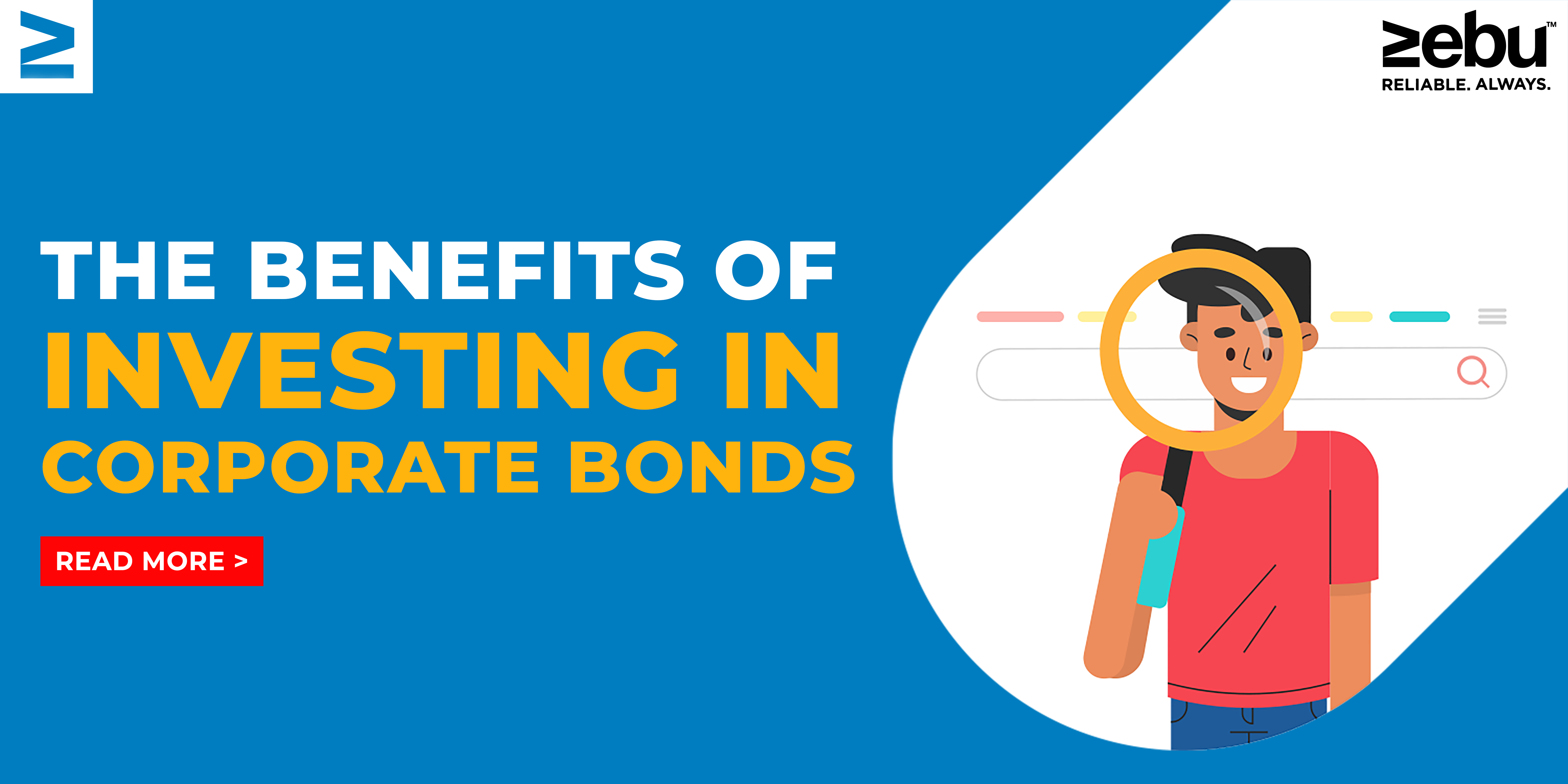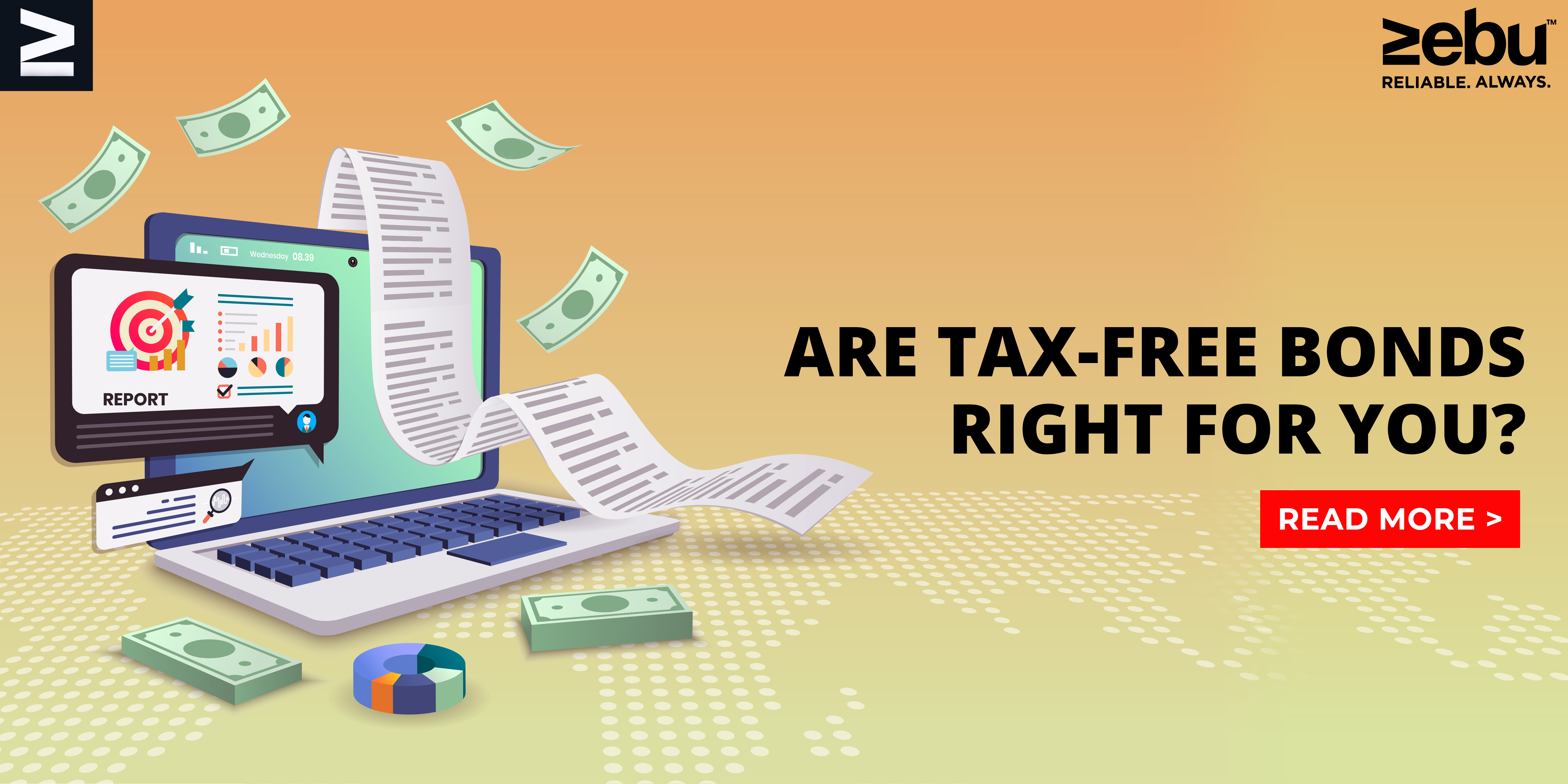
Bonds are debt market products that, as their name suggests, pay a fixed interest rate annually or at regular intervals and can be redeemed at the end of a certain time period. Bonds are fixed-income securities that act as a private company’s assurance to raise money for operating costs. Most of these bonds are traded on the secondary market and are also available to investors as “dematerialized” bonds. Before you buy private sector bonds, here are some things to think about.
1. Is it backed by a reputable business group?
These corporate bonds from the private sector are at risk of default, but government bonds are not. As an investor, default risk may have two effects on you. First, the company can have bad financial results and be forced to stop making principal repayments and periodic interest payments. Second, even if the bond is traded on the stock market, it could be downgraded by the rating agencies. This would cause the price of the bond to drop.
2. Don’t try to find more ways to make money
Going down the grading curve to find higher yields on private bonds is very common, even among fund managers. For instance, a corporate bond with a AAA rating will have the lowest interest rate. But if you choose bonds with an AA or A rating, the yield will be higher because these companies are more likely to pay higher rates than AAA companies. Even though not every AA or A-rated company will go bankrupt, it is a risk, so you should be careful. If you can’t sell the bond on the secondary market or don’t have time to keep an eye on how the company is doing, the risk is higher.
3. Keep in mind that private-sector bonds make you pay more in taxes
Your actual returns depend on how the tax treatment works out in the end. When you buy private bonds, the interest you earn is taxed at your highest rate, say 30%. So, if the bond pays you an interest rate of 11%, your real yield after taxes is only 8.7%. (11-3.3). Even though the lock-in term may be longer, it may be better to invest in an infrastructure bond that saves taxes. For example, if the interest rate on a tax-free bond for infrastructure is 6.5%, the effective after-tax yield will be 9.3% (6.5/0.7). In reality, an infrastructure bond has a higher effective yield and a much lower risk of default.
4. You might find that investing in debt funds is a better idea
If you want stability, debt funds may be a much better option for you. Debt funds let you benefit from both the interest on bonds and the growth of your capital when interest rates go down. The second benefit of debt funds is that they build a portfolio of different types of debt instruments with different levels of risk. This makes your overall exposure risk much lower. It’s hard to come up with this much variety on your own. Third, unlike bonds, which are usually hard to sell quickly, debt funds are easy to buy back. Price anomalies can also make it so that the prices don’t reflect the bond’s true value. Last but not least, debt funds are much better than private sector bonds when it comes to taxes. If you choose a debt fund’s dividend plan, you can take out the profits without having to pay taxes because dividends from debt funds are tax-free in the hands of the investor.
The yield on private sector bonds is a little bit higher than that on bank FDs, but the risks are also a little bit higher. Before putting money into private sector debt, you should know this.

